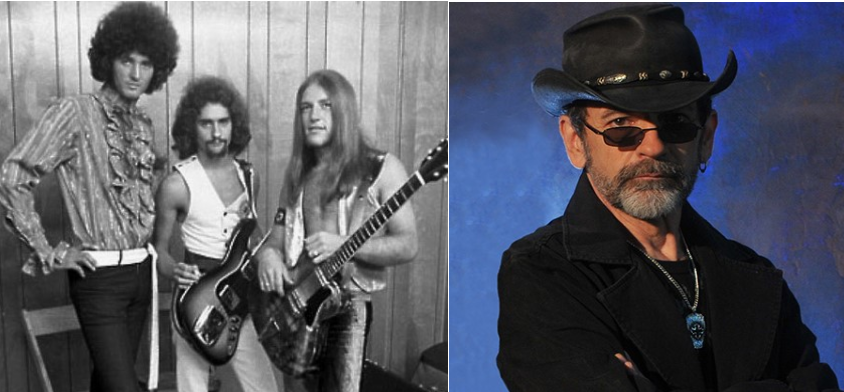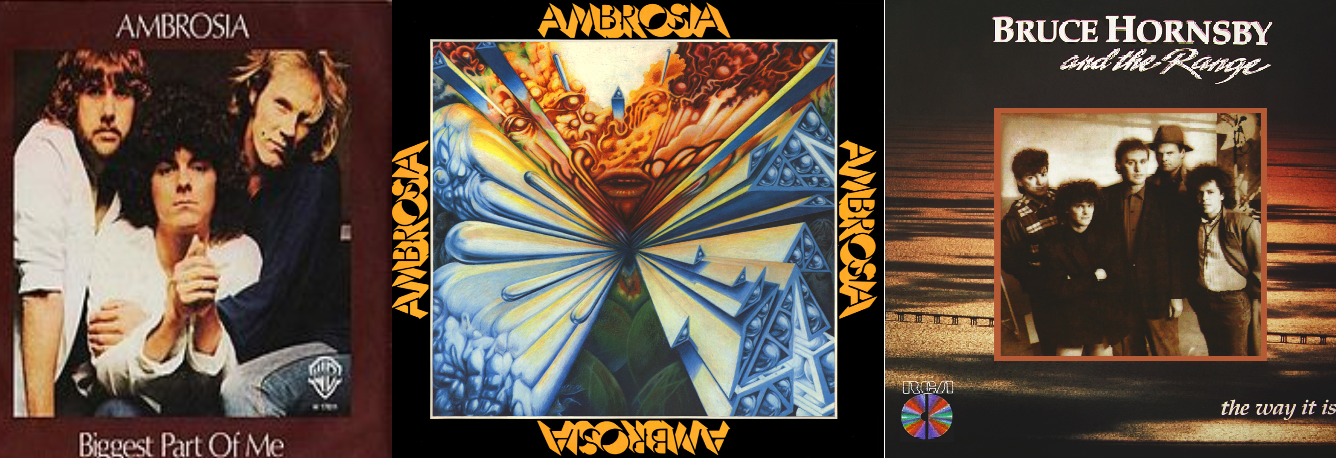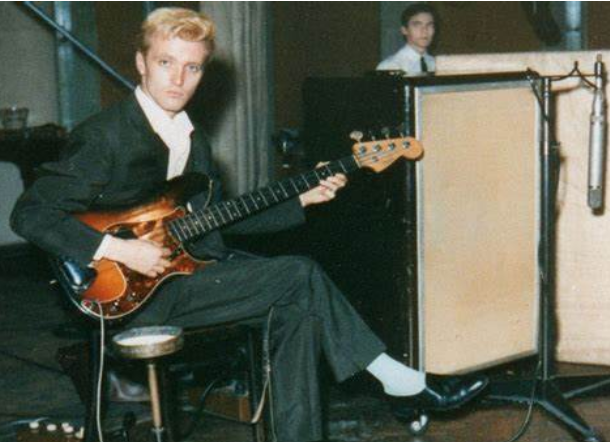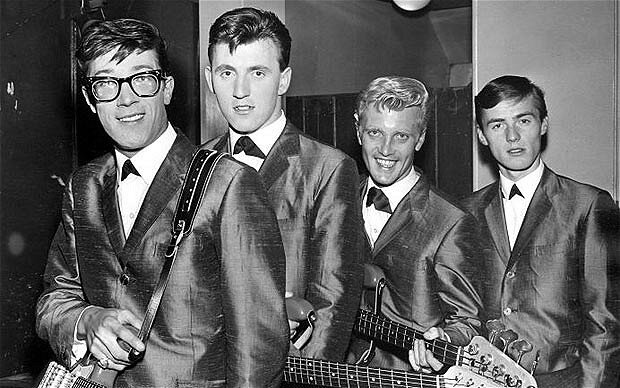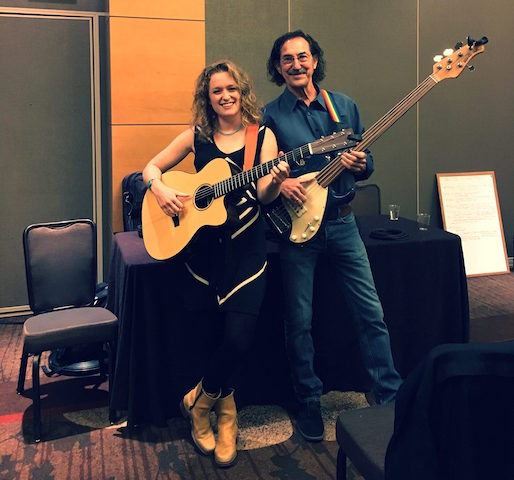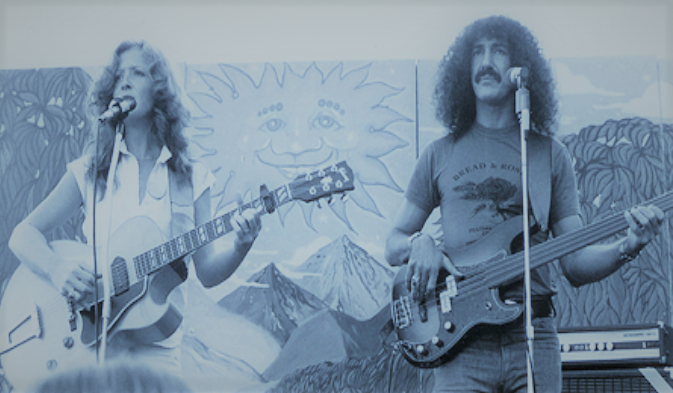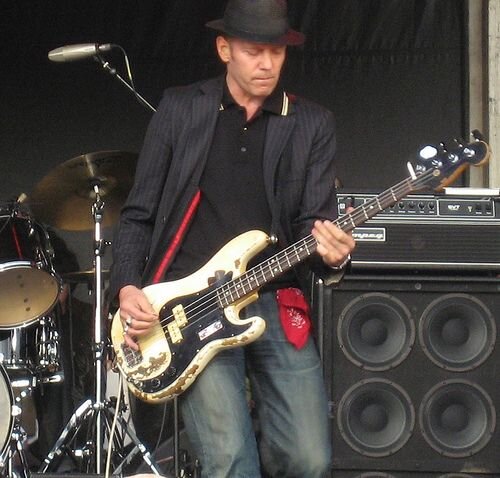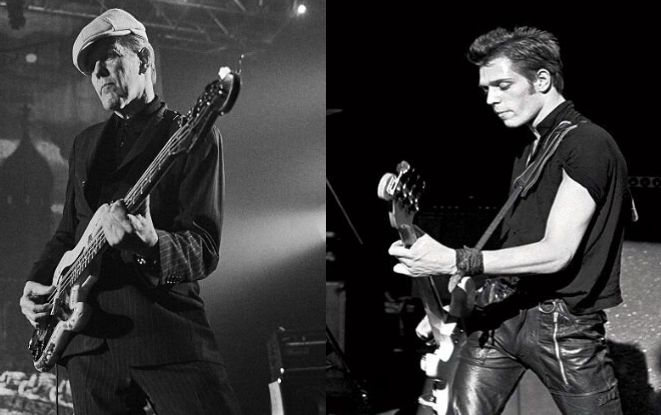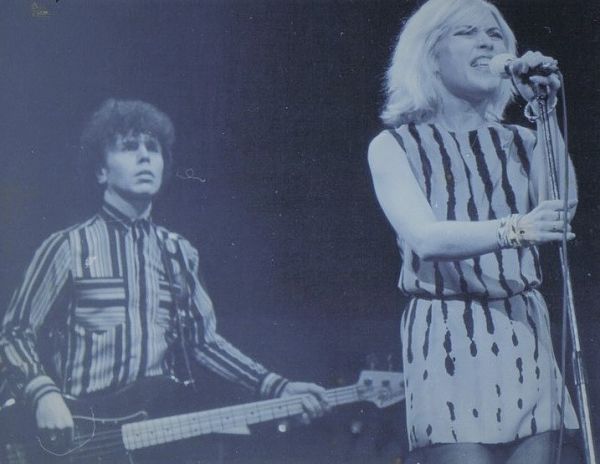Mel Schacher (Grand Funk Railroad)
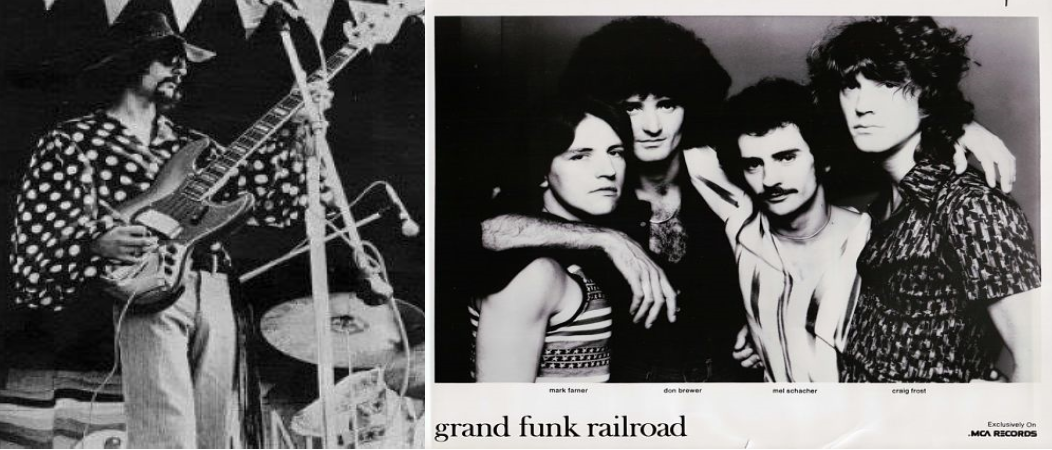
By Thomas Semioli
And on the eighth day, God created Mel!
Mention the name Melvin George Schacher to rock bassists of my generation (and disposition) and most will immediately genuflect in reverence. As the anchor of the unrivaled Flint, Michigan power trio Grand Funk Railroad, and later the “pop” quartet Grand Funk, and then back to Grand Funk Railroad the repertory ensemble, Mel is icon of the instrument in a hard rock format. Schacher’s phrasing, motifs, tone, and stage demeanor forever brand the 20th Century blue-collar American garage rock and roll bassist.
As tone is defined as “a musical or vocal sound with reference to its pitch, quality, and strength” – Mel’s timbre was incomparable.
Overdrive Perfection: On GFRR’s early slabs, including the legendary “red album” – Mel commandeered a hot-rodded Fender Jazz with a Gibson EB-1 humbucker pickup in the neck position strung with black nylon flatwounds run through a West Fillmore bass rig which, according to the “asbestos glove legend,” was outfitted with Genelex KT88 tubes. Manager Terry Knight poked holes in Schacher’s speaker cones for extra rust.

At the age of seven, Mel started off on banjo, then gravitated towards the guitar by the age of 12, and by 14 he was gigging as a bassist. At age 16 Mel replaced bassist Frank Lugo in Question Mark & The Mysterians as they hit the road to promote their hit “96 Tears” – a classic rock anthem later to be covered by scores of artists spanning garage rockers to punks. In ’68 he was approached by Mark Farner and Don Brewer to form a trio, and the rest as they say, is history…..
Serving as a both the rhythmic anchor and melodic catalyst I can’t imagine how many American teenagers heard Mel on Grand Funk (1969) and decided that’s what they wanted to do in life.
Mel on “Got to Get This Thing on the Move” Grand Funk https://youtu.be/f6qZQ5nMxvI

Staples on underground and FM radio in the early 1970’s Schacher’s most recognized passage is undoubtedly his melodic underpinning of GFRR’s signature recording I’m Your Captain”
Tony Senatore’s rendition of “I’m Your Captain (Closer to Home) https://youtu.be/HeNuilRxqNE
Though Mark Farner and Don Brewer were the song writers, it was Mel’s approach to the instrument which characterized Funk’s canon. Utilizing his index fingernail as a plectrum, slabs including On Time (1969), Closer to Home (1970), the brash Live (1970), and E Pluribus Funk (1971) are all showcases for Mel’s explosive passages – which actually serve as hooks for compositions that were essentially improvisational platforms.

From the album E Pluribus Funk:
Mel: “Upsetter” https://youtu.be/f7gu5YNk7ig
Tony Senatore’s renditions of…
“People Let’s Stop the War” https://youtu.be/NyrkIPMf0L0
“Footstompin’ Music” https://youtu.be/CyJck_ZONTQ
Mel’s playing became progressively refined as Flint’s finest morphed from hard rockers to pop stars on such albums as: We’re An American Band (1973), Shinin’ On (1974), All The Girls In the World Beware (1975), and the Frank Zappa production Good Singin’ Good Playin’ (1976).
Dig Mel’s frenetic funk forays on the title track to All the Girls… https://youtu.be/ohVgDMJWQIA
Tony Senatore’s rendition of “Bad Time” https://youtu.be/p8Qdmtwx6lU
Beloved by fans, reviled by the so-called rock press in their commercial and artistic heyday, Mel is still on and off the road with a “nostalgia” version of Grand Funk sans Farner and Frost.
